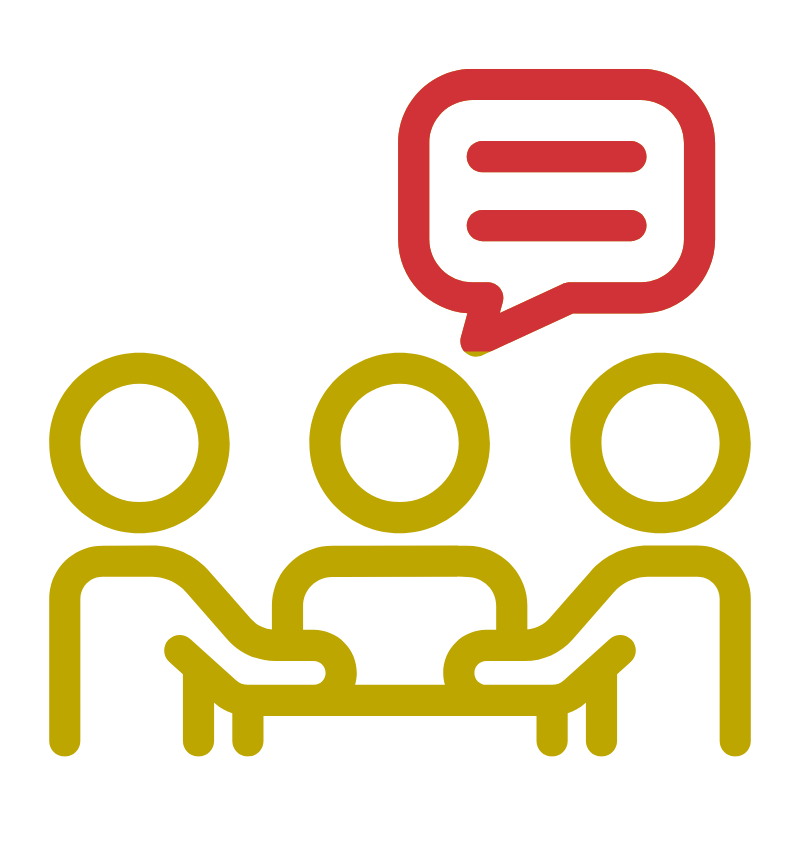“After George Floyd was killed, when thousands of nonprofits released statements saying Black Lives Matter and that they stand in solidarity with protesters, the shift in language was huge… But those are still just words. The question going forward from here is, what will they do in the days ahead to live into those values?” – from “A Turning Point,” Chronicle of Philanthropy
We asked Advancement leaders from numerous sectors in New England and New York – independent schools, higher ed, human service, health care and the arts – this challenging question. We focused on how they were communicating their efforts to donors. We hope you find their responses and actions helpful. We certainly did!
• • •
Go beyond a statement of support – communicate the concrete steps your organization is taking and plans to take.
- Some of the organizations we spoke with are at the forefront everyday championing social justice and racial equity and inclusion. But many more fall on a spectrum from deeply engaged to newly awakened to the impact racial injustice has on their missions and their communities. A number are looking hard at their commitments to Diversity, Equity and Inclusion (DEI) and asking, “how can we do better?” If this sounds like your organization, read on…
- It is time to underscore your commitment to racial justice. Some organizations we spoke with have longstanding racial justice dimensions to their work, but are only now being more intentional in calling them out. For example, since George Floyd’s murder, a number of our human service clients have launched new conversations with their boards of directors, their staff members and their donors – on Zoom, in live chats, through e-communications and questionnaires – to 1) better communicate their agency’s commitment – in words and actions – to communities of color; 2) highlight the additional DEI efforts they are putting forward in this moment of reckoning; and 3) invite dialogue to identify areas where they could strengthen their solidarity.
- Make updates on your DEI efforts a regular part of your communications with Board members and donors. One of our higher ed clients has had a robust DEI program for nearly a decade, including a VP of DEI who works closely with faculty and leadership. The VP has joined with Advancement to present to board members and donors frequently since March. They found it was important to remind donors of their ongoing efforts (scholarships, social justice center, pipeline program), and also clearly identify where there is room for improvement and how they will address it (e.g., making race a constant and integrated topic in the classroom). Similarly, a museum with direct links to the War of Independence is determined to keep their BLM response mission-centric. They are focusing donor communications (and fundraising) on their African American collection of art, landmarks and historic artifacts, along with their partnerships with schools in nearby communities of color. Looking forward, they are committed to changing up their programing to present the story of American History in more diverse and racially inclusive ways. Both these organizations reported their donors care about how they are responding and are grateful for more regular communication (and education) as COVID continues to make us all feel isolated.
- Their recommendation: Assess the authentic ways in which your mission intersects with and supports Black Lives Matter (BLM) and up the frequency of communication – newsletters, website updates, updates from the Dean or the President. And, be sure to include live updates that allow for dialogue.
- If you are looking to improve and/or expand your DEI efforts at various levels of the organization, consider creating a DEI committee of Board members, like one of our Independent School clients has done. Their committee, which was formed last winter as part of a strategic planning effort leading to a new capital campaign, is partnering with management and faculty to help define enhanced DEI efforts on campus and the investments and timeline necessary to make them stick.
- Even if your budget is constrained or in flux because of COVID, share your institution’s commitment to DEI, the concrete steps you are taking now and your plans for the future with your donors. They will likely be grateful for your commitment and your candor.
Provide your constituents—especially those of color—with an opportunity for open, honest discussion and feedback.
Many of our education clients have hosted separate BLM/DEI forums for parents, alums, and current students – open to anyone who belonged to these groups. The forums allowed participants to voice thoughts and concerns, while giving the schools the opportunity to communicate plans and address concerns directly. One has launched a new Black Alumni group to provide an elevated forum for more dialogue and direct input to leadership.
And in regard to your own team…
This is the time to double down.
As a result of the pandemic, many nonprofits are dealing with severe budget cuts, layoffs, and furloughs. But, as reported in the Chronicle of Philanthropy article, How To Tackle Race…” below, it’s more important than ever to evaluate, continue and strengthen your DEI work – and be sure it is embedded in every aspect of your organization, not siloed as an optional initiative.
Just like your constituents, your team members want a voice.
Like your more external constituencies, your staff are affected by BLM and current events too. They likely have thoughts on how your organization can improve its DEI efforts and strategy. Allow them to share these ideas without backlash.
At the same time, educate yourself – and do not expect your staff of color to provide the education.
There are many resources available (books, TED talks, videos, etc) – and only once you’ve educated yourself, can you honestly assess and discuss your organization’s current DEI efforts (and where there’s room for improvement).
If you haven’t already, make sure to measure the effectiveness of your efforts.
What is not measured is not managed. Each DEI plan – current, expanded, or new – needs clear goals and a delineation of the data/metrics you will collect to assess your progress. Without them you will not know or be able to show if things are actually improving.
Lastly, remember: you cannot please everyone.
Some constituents and staff will say you’re not doing enough. Because the issue has become so politicized, some might say you’re doing too much. At the end of the day, stay true to your mission. Committing to real change should take priority.



